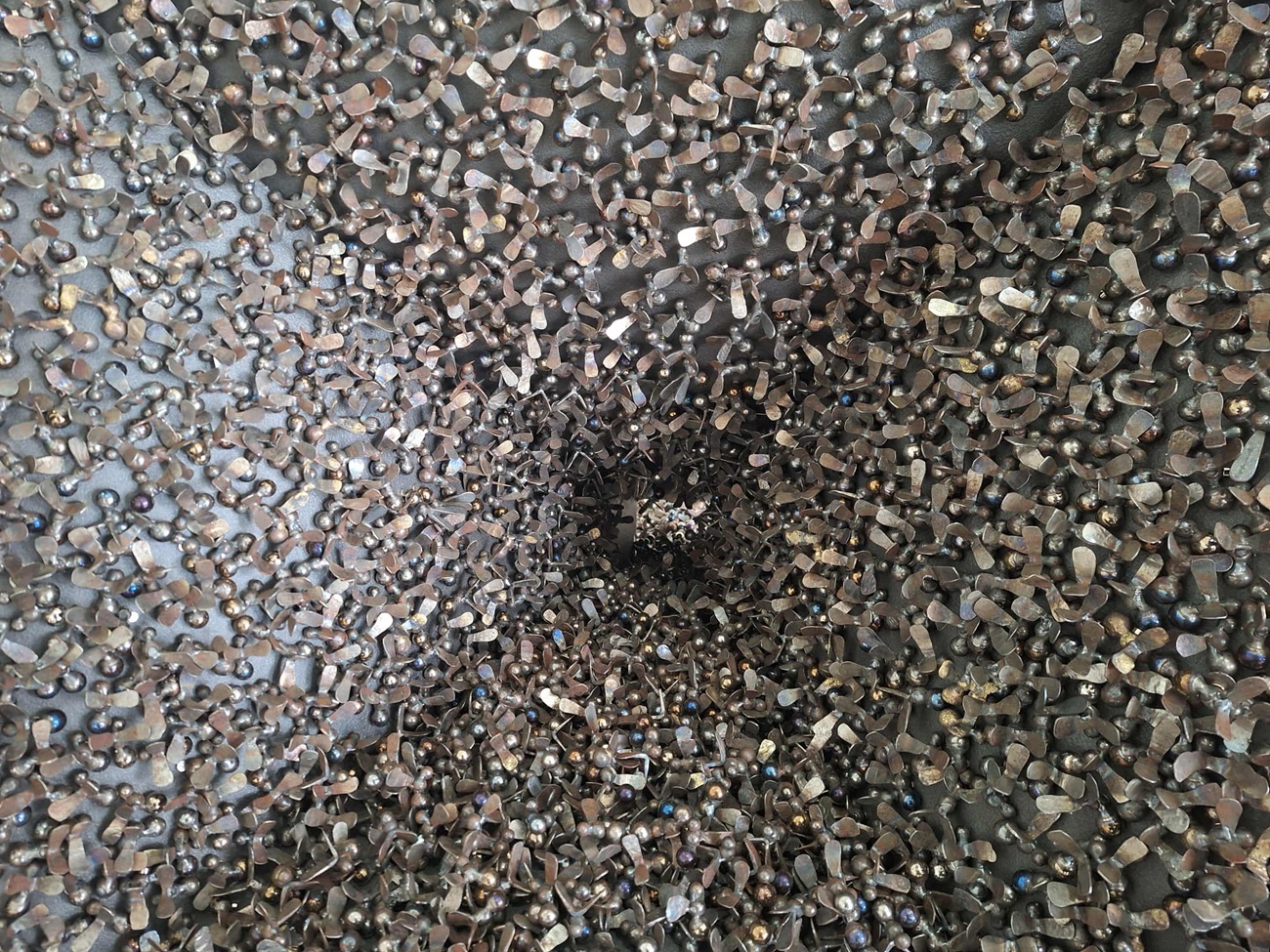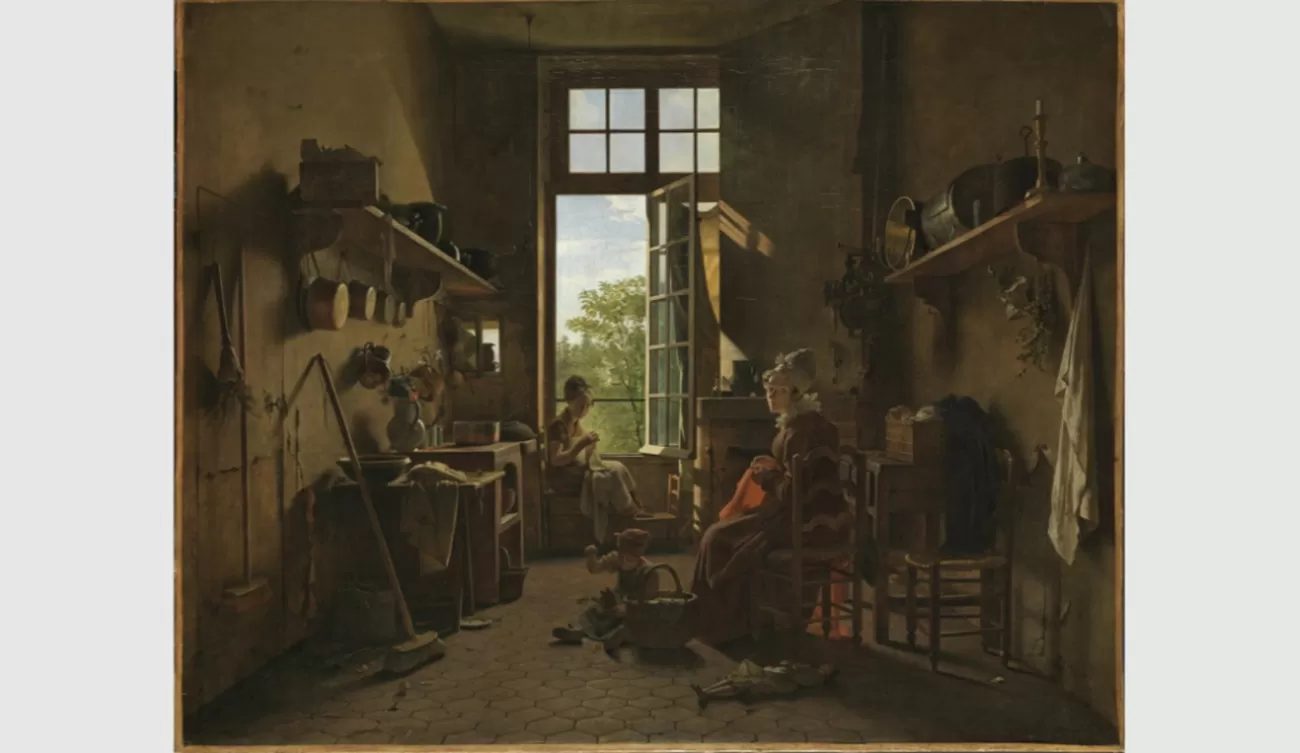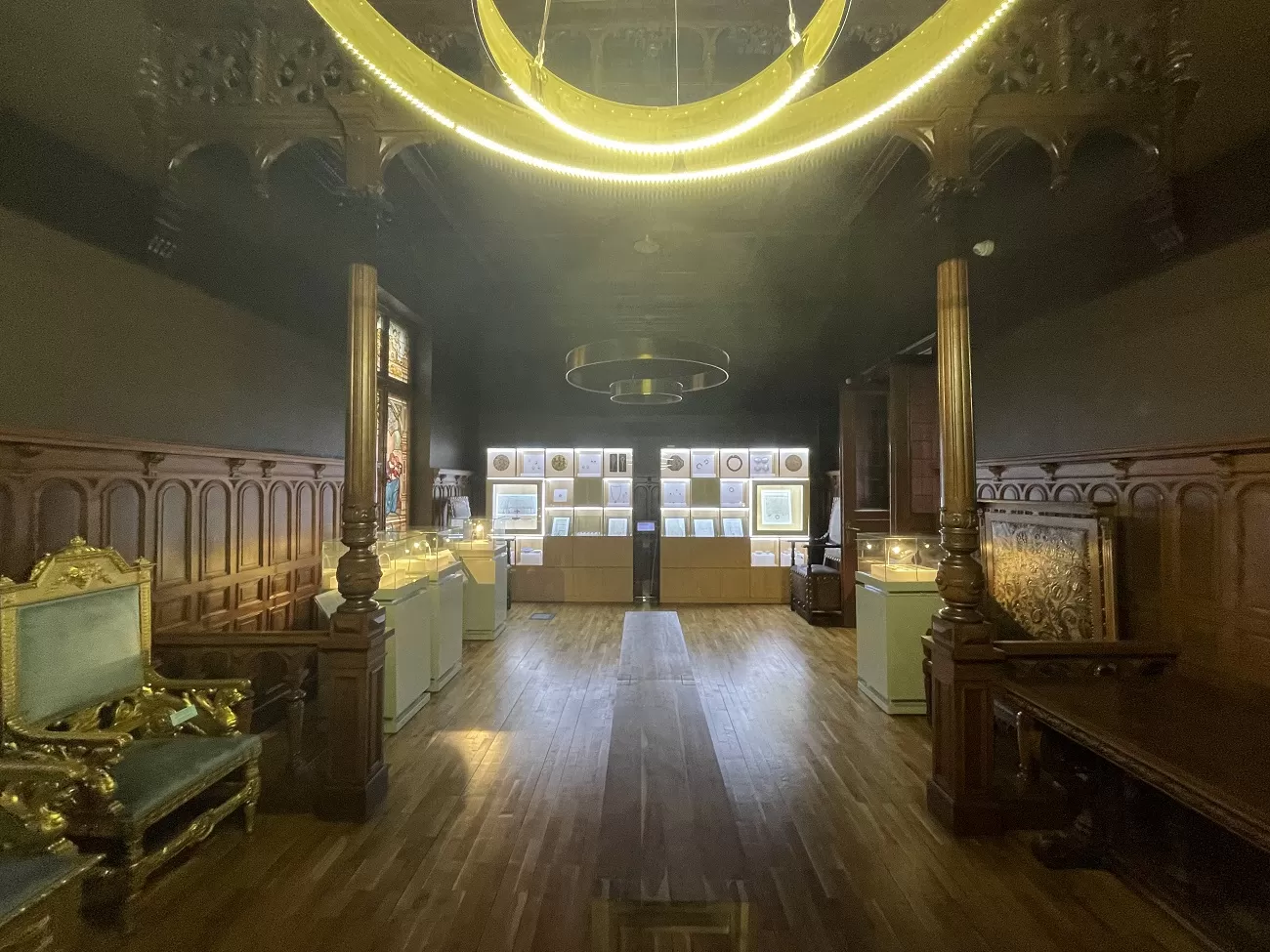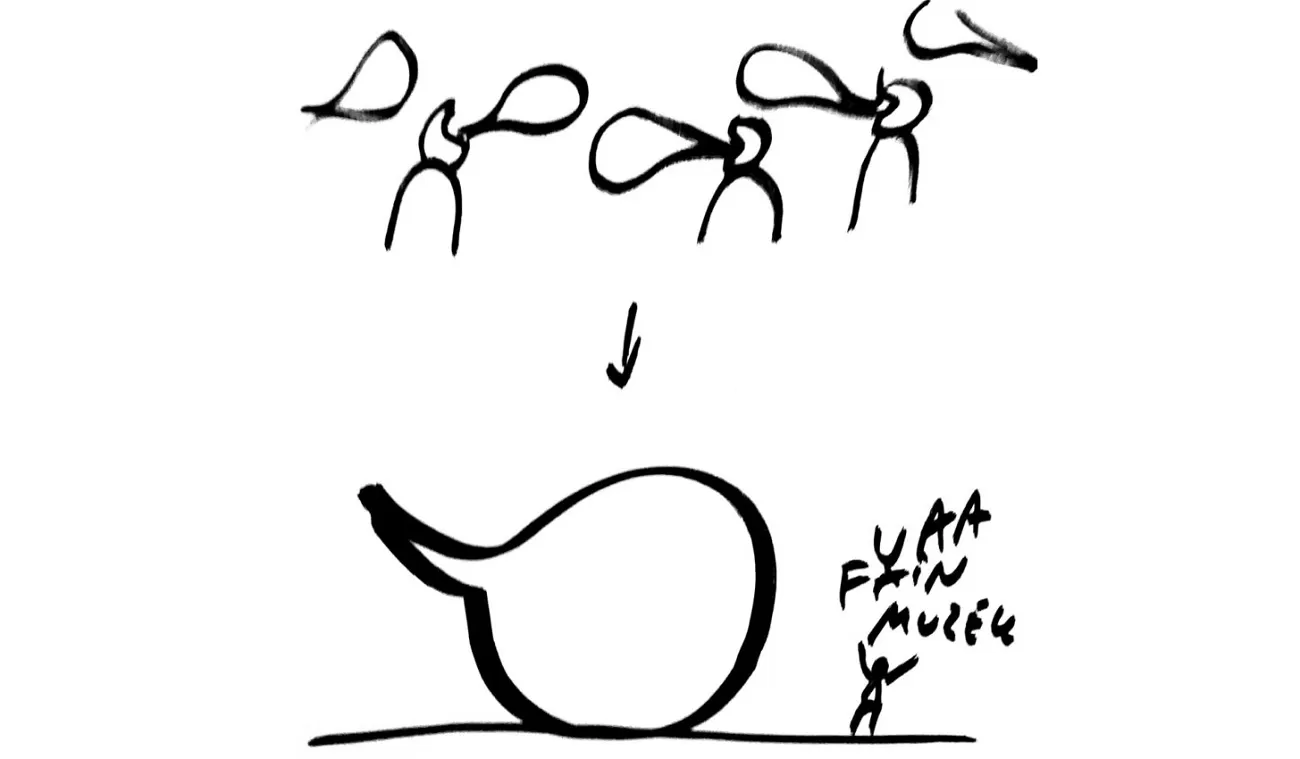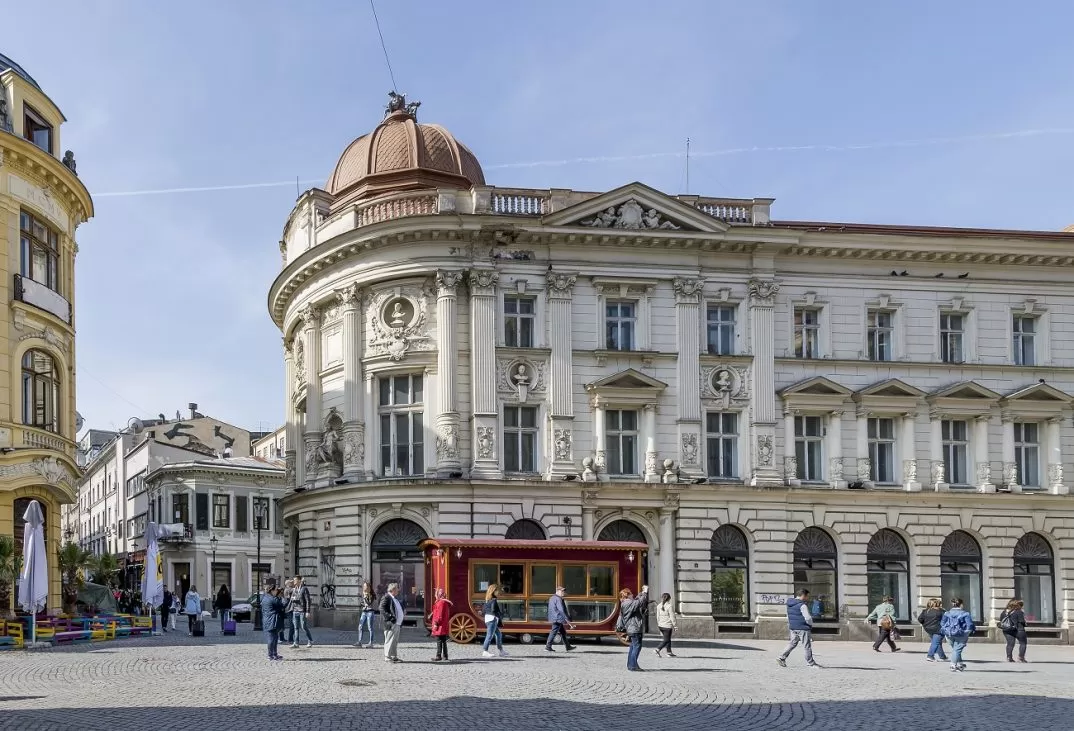
Bucharest Pinacoteca, on the verge of becoming a reality. Dacia-Romania Palace under renovation from 2026
Bucharest Pinacoteca, a long-discussed, sometimes forgotten project, is now on the verge of becoming a reality. In 2013, the General Council of Bucharest bought the Dacia-Romania Palace, and in 2019 it handed it over to the Bucharest Municipal Museum (MMB). Since then, plans are being made on how this space will become worthy of hosting the capital’s great art collection.
This summer, on August 6 to be precise, the palace is due to be cleared by the Art Society Cultural Centre Foundation, which is organizing Art Safari in partnership with the MMB, and renovation and reconsolidation work is due to begin no later than January 1, 2026. The dates are confirmed for curatorial by Stere Farmache, president of the Friends of Bucharest Pinacoteca. It aims to support the project of public interest by attracting and allocating material, organizational and intellectual resources, in addition to existing ones.
“Art deserves a generous space,” he told a conference. “The Palace is the ideal place – the decision has already been taken. We want the initiative to be supported by society, so we are waiting for proposals, ideas for this space.”
Project worth around €25 million split into two phases
Bucharest City Hall, say members of the Association, has demonstrated “a well-defined intention”, but, as expected, the biggest challenge is the budget and the timetable – the deadlines.
PMB is the one that has communicated the project start dates. “For it to start – renovation, consolidation and rehabilitation – the space has to be emptied. At that point, it will be handed over to the builder to execute the work. This is the communication. If things go well, these deadlines are met, if there will be no challenges for the selection of the builder,” Farmache explained to curatorial.
“The City Hall has approved the first part of the project – the consolidation, renovation and rehabilitation of the building – which is worth 12 million euro, financed from the PNRR (National Recovery and Resilience Plan) and co-financed by PMB for about 30%. At the moment, there are no obstacles, but we have to be on our toes at all times to guard the project”.
In this first phase of the project, the Dacia-Romania Palace will be rehabilitated so that it can be set up as a museum. This is another project that will also have to be financed, but then, says Farmache, it will be easier to find sponsors, donors. “The National Bank has already announced its support for such a project. It’s interested in developing cultural institutions in the area, so that the value increases.”
In terms of the value of the entire project, the most recent estimate made – in 2010 – was at most €25 million. Given the building and the benefits it brings, it’s not a big cost, and PMB can afford the expense down the road.
Very little to consolidate
Arh. Tomnița Michaela Florescu, professor at the University of Architecture and Urbanism “Ion Mincu”, founding member of the Association, says that “there is very little to consolidate”, because in the late 70s – early 80s some works were carried out.
“After the ’77 earthquake, some buildings were consolidated. Consolidation, in general, was done up to the second or third floor, including apartment blocks. Here, it was done by the Carpathian Institute, which is one of the most serious. That’s why I say it doesn’t require much,” Florescu told curatorial.
She added: “More recently, when there was work and they were stripping for the old streets of the center, they probably didn’t waterproof so well and there are infiltrations, but it’s not out of the ordinary.”
From the architect’s perspective, an estimate of the duration of the work cannot be made. “You can’t estimate anything. I give you the example of the Old Court… It’s also a question of financing. The intervention is not as big as people imagine. It has been sitting unoccupied, with the windows open, so it is deteriorating. Like any building”.
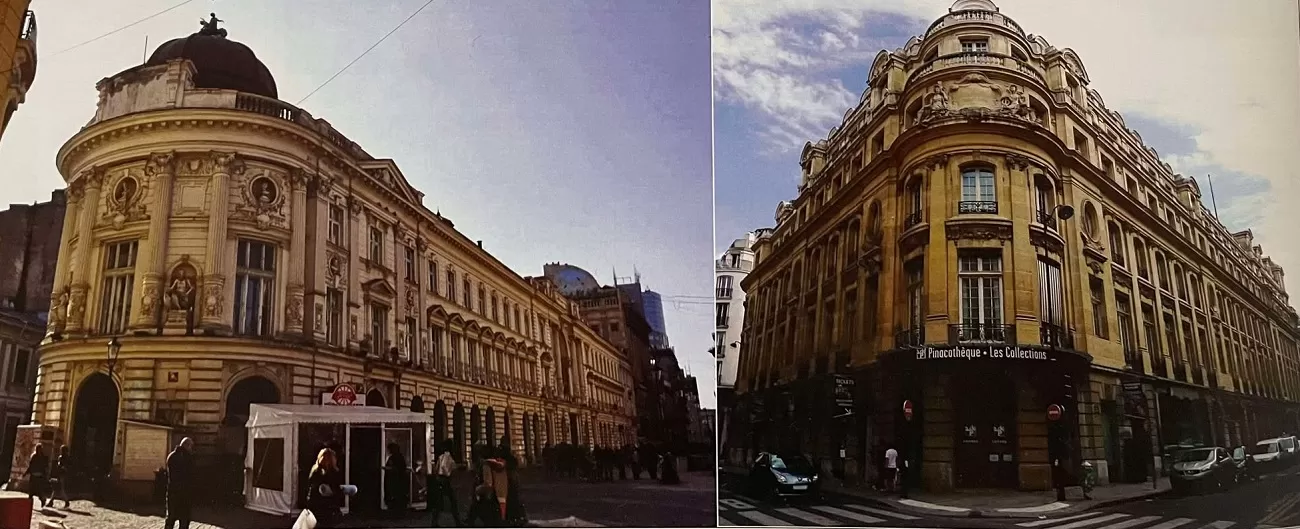
Dacia-Romania Palace, Paris Pinacotheque
A 5.500 pieces collection
The collection managed by the MMB comprises approximately 5,500 pieces of Romanian and European art, ranging from creations from the second half of the 19th century to contemporary art.
This is the largest after the collection of the Iasi City Hall. It was created and is supplemented by donations, acquisitions and what is found in the patrimony of those without heirs.
The collection consists of 2,543 works of Romanian and European painting, 402 works of sculpture, 87 works of decorative art and 2,425 works of graphic art. Among the big names are Nicolae Grigorescu, Theodor Aman, Ștefan Luchian, Ion Andreescu, Nicolae Tonitza, Dimitrie Paciurea, Oscar Han, Milița Petrașcu and George Apostu.
Naturally, about 15% of all the pieces would be on display, the rest being stored, restored.
The exhibition will be chronological, by artistic trends, from the basement – where the Văcărești frescoes will be brought – to the top floor, a section will also be dedicated to socialist art, a space for temporary exhibitions of fragile pieces from the collection will be set up, as well as a shop, and workshops and other events will be organized.





